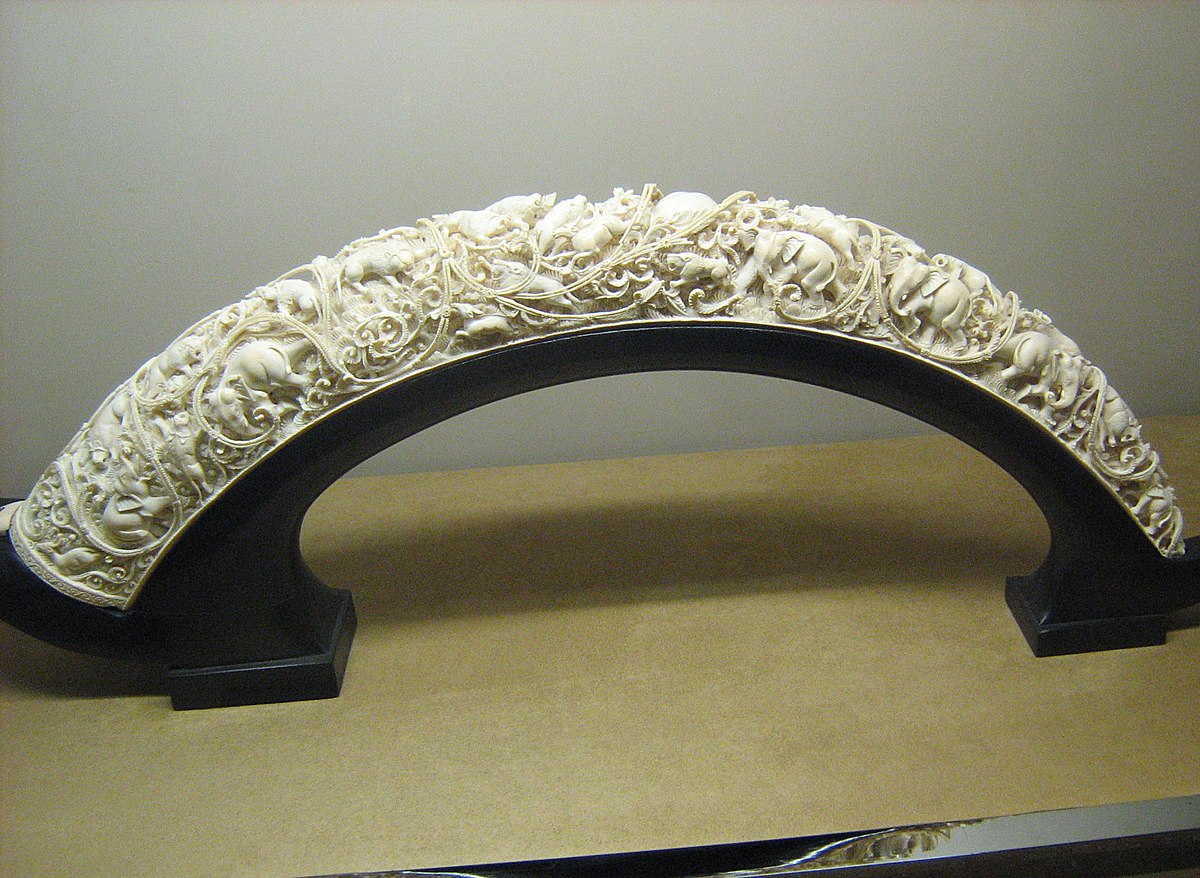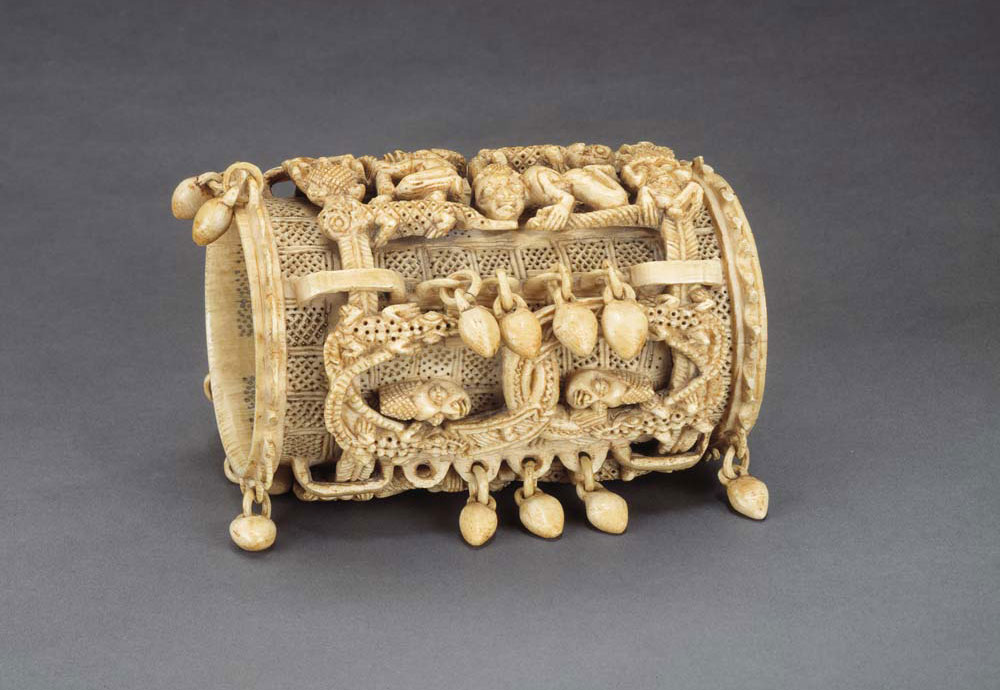When we think about something as beautiful and intricate as ivory, our minds often wander to grand old pieces of art or maybe even the keys of a very old piano. It’s a material that, in a way, has always held a certain kind of mystique, drawing people in with its smooth feel and creamy color. But what exactly is this material that has been so prized through the ages? And where does it actually come from, you know, at its very core?
For many folks, the idea of ivory immediately brings up images of elephants, and that's usually right, or at least it used to be the main source. This hard, white stuff comes from the long, pointed teeth, or what we call tusks, of these magnificent animals. It’s a natural substance, very much a part of the animal's physical make-up, and it has been used by people for a really long time, for all sorts of things.
So, when questions pop up about its origins, like "is ivory from baddies trans" or other curious thoughts, it makes us think a bit more deeply about the journey this material takes from its natural source to becoming something we see or touch. It’s a story with many parts, involving nature, human creativity, and, sadly, some difficult truths about how it's been acquired over the years.
- Lola Kelly Ripa Daughter
- Chester Bennington And Talinda Bentley
- Ozempic Libido
- Angelina Jolie Halloween
- De Donde Son Los Papas De Ariana Grande
Table of Contents
- What is Ivory Really Made Of?
- Where Does This Material Come From - Is Ivory From Baddies Trans?
- The Natural Structure of Ivory and Its Growth
- Why Was Ivory So Valued in the Past?
- What Sort of Things Were Made From It?
- Is the Source of Ivory Always From Animals That Are Still Around?
- What About the Desire for Ivory and Its Impact on Wildlife - Is Ivory From Baddies Trans?
- Outstanding Artistry and Collections of Ivory - Is Ivory From Baddies Trans?
What is Ivory Really Made Of?
Well, when you get right down to it, ivory is a very firm, pale substance that comes from the long, pointed teeth, or what we call tusks, and also the regular teeth of different kinds of creatures. It’s not just some random thing; it’s actually made up mostly of something called dentine. This dentine is one of the main physical parts that make up teeth and tusks in general. It’s what gives them their strength and their characteristic look. So, it's almost like the building block for these amazing natural structures.
Think of it this way: if you were to look at a tooth very, very closely, you’d find different layers. Dentine is one of those key layers, sitting there, giving the tooth its main shape and much of its toughness. Ivory, then, is a particular kind of dentine, especially the sort that comes from an elephant’s tusk. This specific kind of dentine has been highly thought of for its attractiveness, its ability to last a very long time, and how good it is for carving into different shapes and designs. You know, it’s got that smooth, creamy feel that people just seem to like.
More specifically, this material is basically a dense kind of bone tissue. It’s the stuff that usually surrounds the enamel, which is the very hard, shiny outer layer of a tooth. In a way, it’s the bulk of what makes up a tooth. So, when we talk about ivory, we’re really talking about a specialized form of this dentine, which is the solid substance that forms the majority of most teeth. It’s pretty fascinating, actually, how nature creates such a useful and appealing material.
- Chad Duell Relationships
- Cillian Murphy And Emily Blunt Movie
- Clara Spera Ginsburg
- Does Steve Kerr Have A Son
- Demi Lovato Christmas Tree
Where Does This Material Come From - Is Ivory From Baddies Trans?
When people ask where ivory comes from, the first thing that usually pops into mind is elephants. And that’s very much true, as elephants have historically been the most well-known source for this particular substance. Their tusks are, you know, the most famous example. But it’s not just elephants that produce this hard, white material. There are other animals, too, that have teeth or tusks made of this same kind of stuff.
So, beyond the elephants, you might be surprised to learn that hippopotami also have teeth that yield ivory. And then there are walruses, with their impressive long tusks, which are also a source. Warthogs, too, surprisingly, have tusks that are considered ivory. Moving into the ocean, sperm whales possess teeth that are a form of ivory, and the narwhal, that creature with the single, long, spiraled tusk, also contributes to the list. It’s pretty amazing, really, how many different creatures have this kind of material.
What’s more, it’s not only animals that are still walking or swimming around today that have provided ivory. There are also creatures that are no longer with us, animals that are now extinct, like the mammoths and mastodons. Their ancient tusks, preserved over thousands of years, have also been a source of this material. So, you see, the origins of ivory are quite varied, stretching back through time and across different species, which is something many people don't quite realize when they think about the question of "is ivory from baddies trans" and its actual sources.
The Natural Structure of Ivory and Its Growth
A very interesting aspect of ivory, especially when we talk about the tusks of elephants, is how they are structured and how they grow. An elephant's tusk, for instance, is actually its upper incisor tooth. This isn't just a bone or a horn; it’s a tooth that has grown incredibly long and extends outside the mouth. What's even more fascinating is that this tooth just keeps on growing throughout the animal's entire life. It’s not something that stops growing once the animal reaches a certain age; it’s a continuous process.
This continuous growth means that as an elephant gets older, its tusks can become truly massive, bearing the marks of its life and experiences. This growth is a natural process, a part of the animal's biology. The material itself, being a form of dentine, is laid down in layers over time, building up the impressive length and thickness of the tusk. It’s a testament to the incredible design of nature, how these animals are equipped with such remarkable features.
Understanding this continuous growth helps us grasp why tusks can be so large and why, in the past, they were such a significant source of this material. It’s literally a part of the animal that is always developing and extending. So, it's pretty clear that this material comes from a natural, living part of these creatures, which is a key point when considering any question about its origins.
Why Was Ivory So Valued in the Past?
For a very long time
- Did Shaquille And Kirsten Stay Married
- Mary J Blige In Power
- Chester Bennington And Talinda Bentley
- Brad Pitts Friend
- Angelina Jolie Halloween

/african-ivory-products-confiscated-by-us-fish-and-wildlife-service-128111495-5b5ce1b846e0fb005067316a.jpg)
